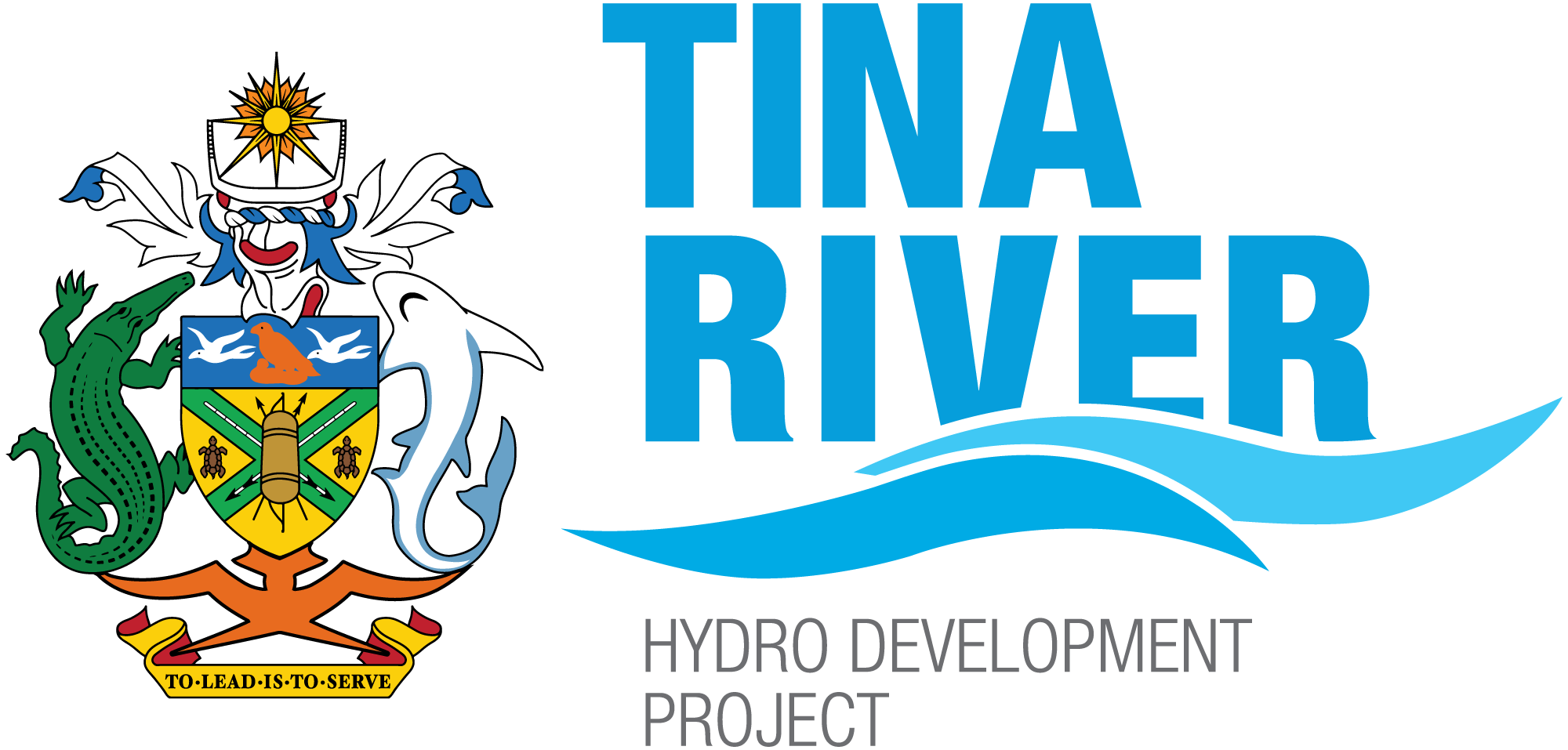
CBSP Human Resource Component
The Human Resource Component of the Community Benefit Sharing Project is designed to support the members of communities in the project area in accessing employment opportunities to be created by Tina River Hydropower Development Project, during and after construction. The eligible individuals are the certified residents of the benefit sharing area, including all individuals on the Bahomea and Malango tribal registries.
Background
As a part of the long period of ongoing consultations with project communities, from 2010 onward, a range of social and economic development were identified and mechanisms for addressing these needs were determined.
Through the Community Benefit Sharing Project, the following was agreed on to establish community investments ready for use before and during the hydropower facility operations :
- Component 1 - community investments and priority development activities to be funded from a benefit sharing fund established from revenues generated from the Tina Hydro Dam.
- Component 2a - an electricity grid extension up the access road from Blackpost to Tina Village, connecting Rate School and Konnga Health Center to be built;
- Component 2b - Improved water supply and sanitation installed in public facilities and village centers in the Bahomea and Malango cultural areas; and
- Component 3 - capacity building of community members through selected training and employment opportunities during the construction of the hydropower facility, road and transmission line.
What are the Human Resource Component benefits to the community?
Building local skills and capacity through jobs and training
Building ownership and commitment from resource owners for the project
Building community pride through engagement
Raising current and future leaders
Increase community revenue and opportunities for new developments
What will be achieved?
Technical skills and services that will be needed on the project have been determined so that technical and vocational training opportunities can be identified and provided to community members.
A key focus is to promote an enabling environment on both the supply and demand sides of the local labour market. On the supply side, the focus is supporting the development and improvement of the skills and capacities of local manpower resources to qualify for and be effectively engaged in employment contracts associated with the TRHDP.
To achieve this, there will be two types of training facilitated; 1) Pre-employment training (PET) and 2) technical and vocational training.
- The pre-employment training will work with the resources developed under the Rapid Employment Project (REP) of the Honiara City Council to provide out-of-school youth and unemployed individuals with basic knowledge, attitudes and skills before their entry/re-entry into the labour force. The PET objective, “to introduce concepts and to orient the trainees to the world of work and self-reliance through life skills development and life-long learning”, will be adapted to the context of the CBSP villages to prepare employable individuals for gainful employment with the construction and related activities of TRHDP and CBSP.
- The technical and vocational training (TVT) will provide skills training based on skill sets in-demand. Training will be provided to eligible individuals in the technical and vocational courses identified in the database of in-demand local hire jobs, skills and service contracts and targeted in the overall plan for the delivery of this component.
What will happen next?
Implementation of the Human Resource Development Component will be outsourced to a Human Resource Development Contractor (HDRC) who will then be responsible for directly implementing the subcomponents, including the selection and identification of trainers and consultants, administering the training courses as well as all the logistics required for the courses, and managing job placement/matching, referrals, and providing follow-up support for graduates.
The HRDC, in collaboration with the CBS Team, will ensure that skills training and capacity building inputs provided to the manpower supply and local firms match the demand for workers, contractors and service providers in the area, using the following steps:- Create a roster of all eligible individuals in the project area.
- Create a database of in-demand local hire jobs, skills and service contracts.
- Develop an overall plan for matching supply with demand.
The HRDC/CBSP will continue supporting individuals even after they have completed the above courses. As individuals graduate from the courses, the HRDC shall establish a database of the pool of training graduates and use this as basis for providing post-training assistance, including: (i) referrals, job matching and placement; (ii) technical assistance in preparing resumes and proposals; and (iv) provision of follow-up training and technical support. The HRDC/CBSP shall closely work with the Developer, SIEA and other potential employers to improve the chances of the graduates to secure employment and/or contracts.
